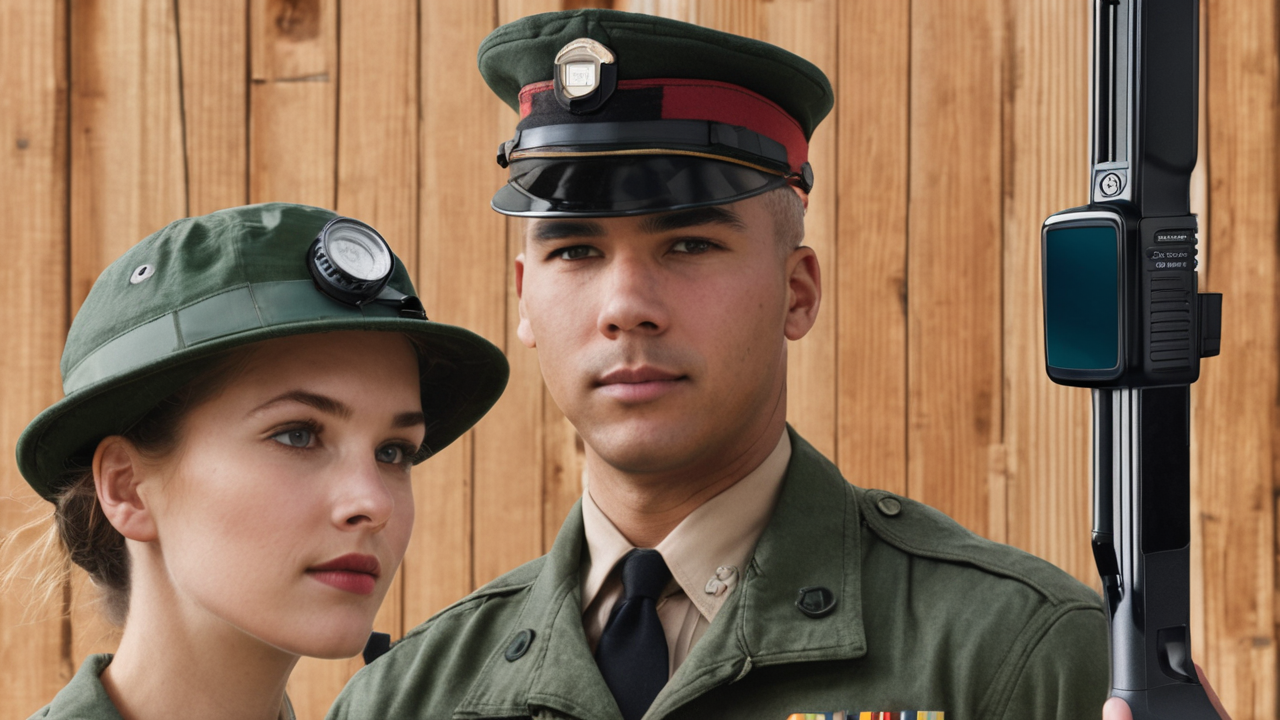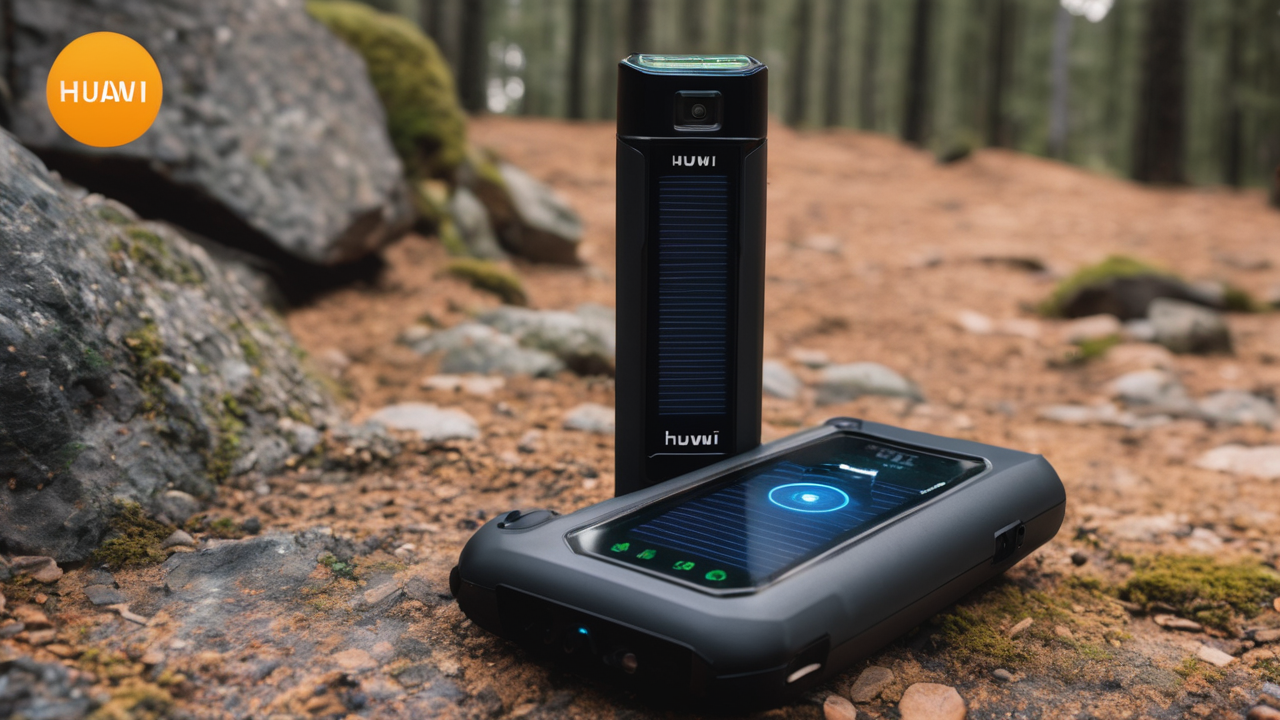The History of Walkie-Talkies: From Childhood Memories to Modern Gadgets
The Birth of the Walkie-Talkie
Walkie-talkies first appeared in the 1930s. They were big, heavy devices used by the military. These early models had a range of about 1 mile. They were a big step forward in portable communication.

During World War II, walkie-talkies became smaller and more portable. Soldiers used them to talk on the battlefield. After the war, they became popular with civilians. Kids loved them for playtime adventures.
By the 1960s, walkie-talkies were common toys. They were small enough for children to carry easily. The range was limited, often just a few hundred feet. But that was enough for backyard fun.
Technological Advancements in Walkie-Talkie Devices
Over time, walkie-talkies got better. In the 1970s, they started using transistors. This made them smaller and more reliable. The range improved too, reaching up to 2 miles in some models.
The 1980s saw the introduction of FM technology. This improved sound quality and reduced interference. Range increased to about 5 miles for high-end models. Rechargeable batteries also became common.
In the 1990s, digital technology started to appear in walkie-talkies. This further improved sound quality. It also allowed for features like privacy codes. These codes helped prevent others from listening in.
The Impact of Digital Transformation on Walkie-Talkies
The digital age brought big changes to walkie-talkies. Modern devices use advanced digital signals. This allows for clearer communication over longer distances. Some models can now reach up to 35 miles in ideal conditions.
Digital walkie-talkies offer many new features. These include text messaging, GPS tracking, and even Bluetooth connectivity. Some can connect to smartphones for extended range.
The rise of the internet has also impacted walkie-talkies. Some models can now connect to Wi-Fi networks. This allows for virtually unlimited range when internet is available.
Walkie-Talkie Distance: Understanding the Technical Limitations and Solutions
Factors Affecting Walkie-Talkie Range
Several factors can affect a walkie-talkie's range. Terrain is a big one. Hills, buildings, and trees can all block signals. This reduces the effective range. Weather can also play a role. Rain and fog can weaken signals.

The power output of the device is important too. Higher power means longer range. But it also means shorter battery life. Most consumer walkie-talkies are limited to 0.5 watts by law.
Frequency also affects range. Lower frequencies travel farther. But they require larger antennas. Higher frequencies allow for smaller devices. But they don't go as far.
Innovative Technologies Enhancing Walkie-Talkie Distance
New technologies are helping to extend walkie-talkie range. One is GMRS (General Mobile Radio Service). GMRS allows for higher power output. This can increase range up to 50 miles in ideal conditions.
Another innovation is trunking. This technology allows devices to automatically find clear channels. It helps reduce interference and improve range.
Some walkie-talkies now use repeaters. These are stations that receive and retransmit signals. They can greatly extend the range of walkie-talkies. Some can cover hundreds of miles.
Regulatory Considerations for Walkie-Talkie Distance in the United States
In the U.S., the FCC regulates walkie-talkies. They set limits on power output and frequencies. Most consumer walkie-talkies use the FRS (Family Radio Service) band. These are limited to 0.5 watts.
GMRS devices can use higher power. But they require a license. The license costs $70 and is good for 10 years. It covers the whole family.
Some frequencies are reserved for emergency services. Using these without permission is illegal. It's important to follow all FCC rules when using walkie-talkies.
Future Outlook: The Potential of Walkie-Talkies in the U.S. Market
Advancements in Battery Life and Durability
Future walkie-talkies will likely have better batteries. New lithium-ion technologies are promising. They could double or triple current battery life. This means longer talk times and standby times.

Durability is also improving. Many new models are waterproof and shockproof. Some can even float. This makes them ideal for outdoor activities.
Solar charging is becoming more common. This is great for camping or emergency preparedness. Some models can even charge from hand-cranked generators.
The Integration of AI and Machine Learning in Walkie-Talkie Devices
AI could bring big changes to walkie-talkies. Voice recognition could make them easier to use. You might just say "Call Bob" instead of pressing buttons.
Machine learning could help improve signal quality. It could predict and compensate for interference. This could lead to clearer communication over longer distances.
AI might also help with language translation. Imagine talking to someone in another language, in real-time. This could be useful for international business or travel.
Anticipating Changes in Consumer Demands for Walkie-Talkies
Consumers are likely to want more features in the future. Integration with smartphones will probably increase. This could allow for easy sharing of photos or location data.
There may be demand for walkie-talkies that work with smart home systems. You could use them to control lights or thermostats from anywhere in the house.
Emergency preparedness is a growing concern. Future walkie-talkies might include features like built-in flashlights or emergency beacons. They could become essential parts of disaster kits.


